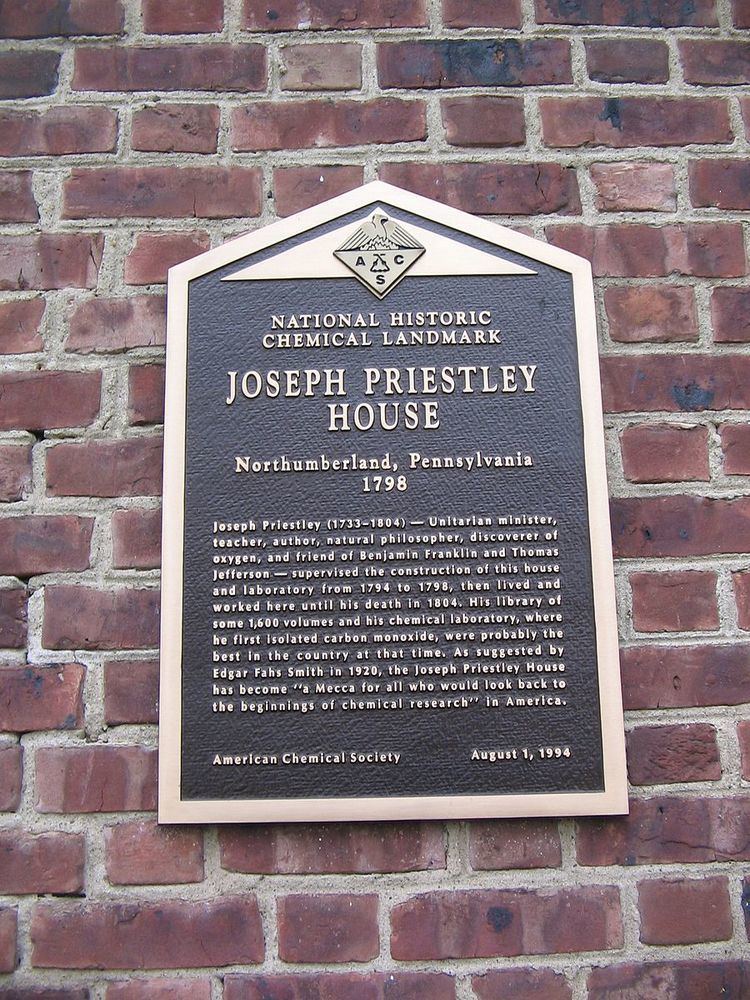 | ||
The National Historic Chemical Landmarks program was launched by the American Chemical Society in 1992 to recognize seminal achievements in the history of chemistry and related professions. The program celebrates the centrality of chemistry. The designation of seminal achievements in the history of chemistry demonstrates how chemists have benefited society by fulfilling the ACS vision: Improving people's lives through the transforming power of chemistry.
Contents
1993
1994
1995
1996
1997
1998
1999
2000
2001
2002
2003
2004
2005
2006
2007
2008
2009
2010
2011
2012
2013
2014
2015
2016
References
National Historic Chemical Landmarks Wikipedia(Text) CC BY-SA
